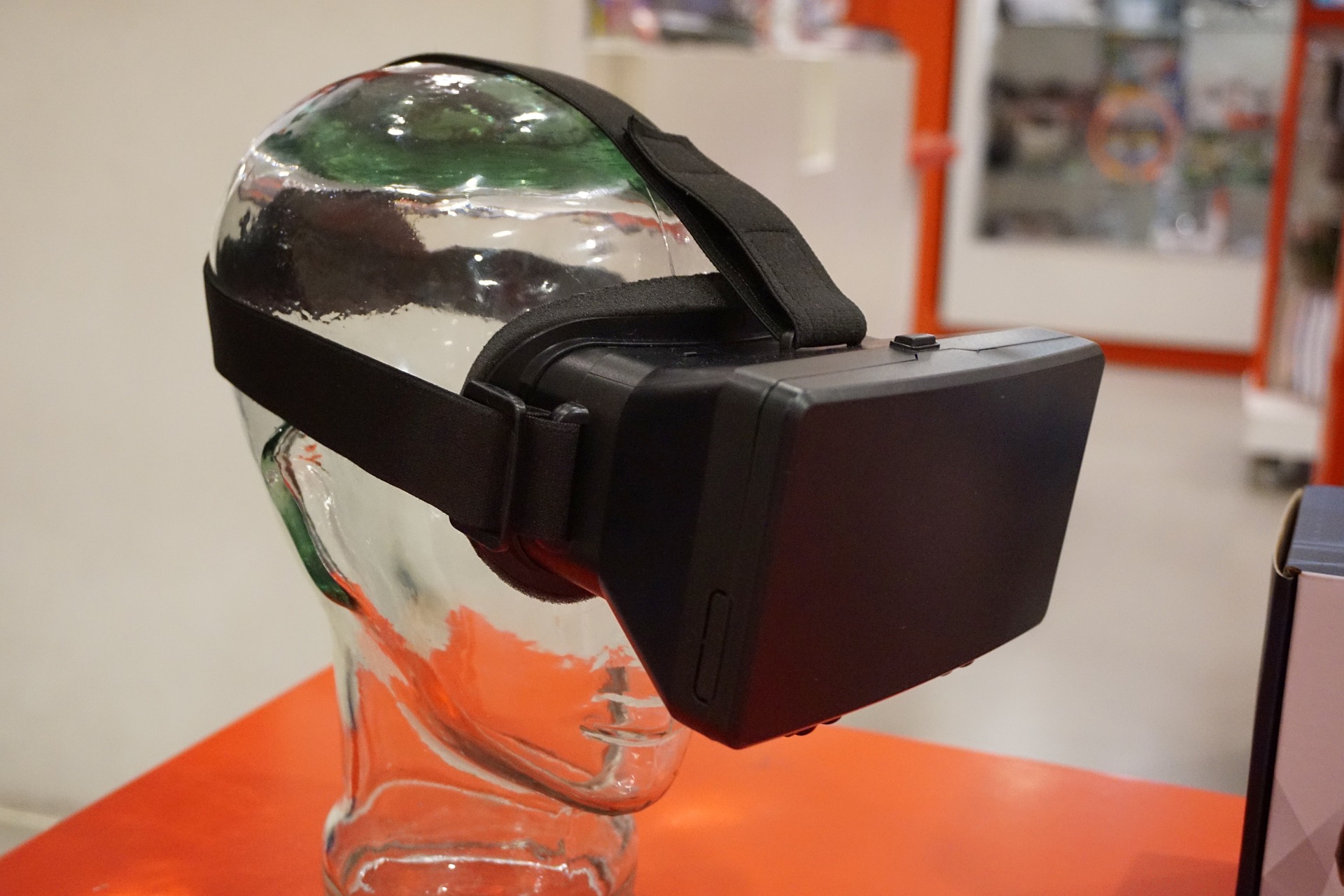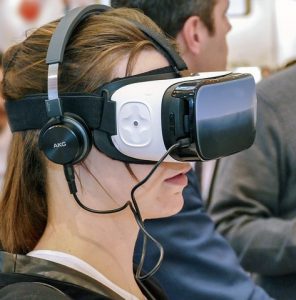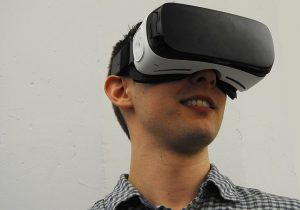
Virtual Reality has skyrocketed in recent years, despite being a hundred-year-old concept. The first headsets, made in the 1980s, were so large that an entire suspension system had to be used in order to keep them from crushing the person enjoying their time in VR.
VR has come a very long way since then, and the headsets on offer today are lightweight, responsive and easy to use. While the headsets were first used for VR gaming and VR chat (there are even ideas for the creation of VR casinos with eFortuna Bonus de bun venit or similar codes), they’ve found a new use in recent times as training devices.
VR as a Way to Train New Doctors
 It’s a well-known fact that training doctors, surgeons and other medical professionals is a long, hard and expensive process. Back in the day, they were trained with cadavers and plastic dummies, both of which are expensive and have to be scheduled in advance. Now they have dummies with touchscreens where they can practice their craft in HD.
It’s a well-known fact that training doctors, surgeons and other medical professionals is a long, hard and expensive process. Back in the day, they were trained with cadavers and plastic dummies, both of which are expensive and have to be scheduled in advance. Now they have dummies with touchscreens where they can practice their craft in HD.
It also lets students and professors come to class remotely, as they can practice from their living room. This cuts down on travel costs and lets medical professionals stay close to their hospital, while at the same time allowing them to spend more time with their family.
Surgeons Can Practice before a Complicated Surgery
The VR platforms can be customized, and specific CT scans of patients can be uploaded. The surgeons can then study the organ in virtual reality and come up with a plan. They can even have mock surgeries in VR, where they can practice before the actual operation. Remember, practice makes it perfect, and with such grave consequences if something goes wrong, there can be no mistakes.
Speaking of mistakes, there are ways of fully scanning a human being and generating 3D images of their organs. With this extremely precise data at their fingertips, doctors and surgeons can make complex plans in the virtual world and perform the surgery in the real world.
What Can VR Do for the Patients?
 Apart from training doctors, VR can also be used to provide therapy to patients. There are many uses we know of, and probably many more to be discovered. For example, VR can be used as Exposure Therapy — a patient with a phobia can be gradually shown the thing they are afraid of, which can help them overcome their fear. Patients with mental disorders can also attend therapy sessions remotely, just by putting on their headset and “entering the room where the therapist is”.
Apart from training doctors, VR can also be used to provide therapy to patients. There are many uses we know of, and probably many more to be discovered. For example, VR can be used as Exposure Therapy — a patient with a phobia can be gradually shown the thing they are afraid of, which can help them overcome their fear. Patients with mental disorders can also attend therapy sessions remotely, just by putting on their headset and “entering the room where the therapist is”.
This kind of remote therapy is very interesting for children and has had a lot of success in treating childhood disorders, anxieties and even diseases like Autism and Asperger’s syndrome. A person with Autism (or Asperger’s syndrome) has a hard time reading social and facial cues; they might misinterpret someone being sad or tired with someone being angry at them, and this brings them much anxiety during their whole life.
By using a VR chat room with non-human avatars where facial cues aren’t that important, a child with this disability can slowly learn how to socialize without the sadness and anger that come with real-life social interaction. Most people with Asperger’s syndrome or high-functioning Autism have to “manually” read the facial expressions and body language of other people, and they can learn how to do this via the therapy.
 VR can also ease the effects of chronic pain because it keeps the patient occupied and engaged with the content. This in turn actually shortens the length of time the patient spends in recovery, and thus lowers medical expenses. A change of scenery, even if it’s a virtual one, is very beneficial to the patients. VR games can also help stave off memory loss and keep patients with dementia or Alzheimer’s occupied and engaged.
VR can also ease the effects of chronic pain because it keeps the patient occupied and engaged with the content. This in turn actually shortens the length of time the patient spends in recovery, and thus lowers medical expenses. A change of scenery, even if it’s a virtual one, is very beneficial to the patients. VR games can also help stave off memory loss and keep patients with dementia or Alzheimer’s occupied and engaged.

